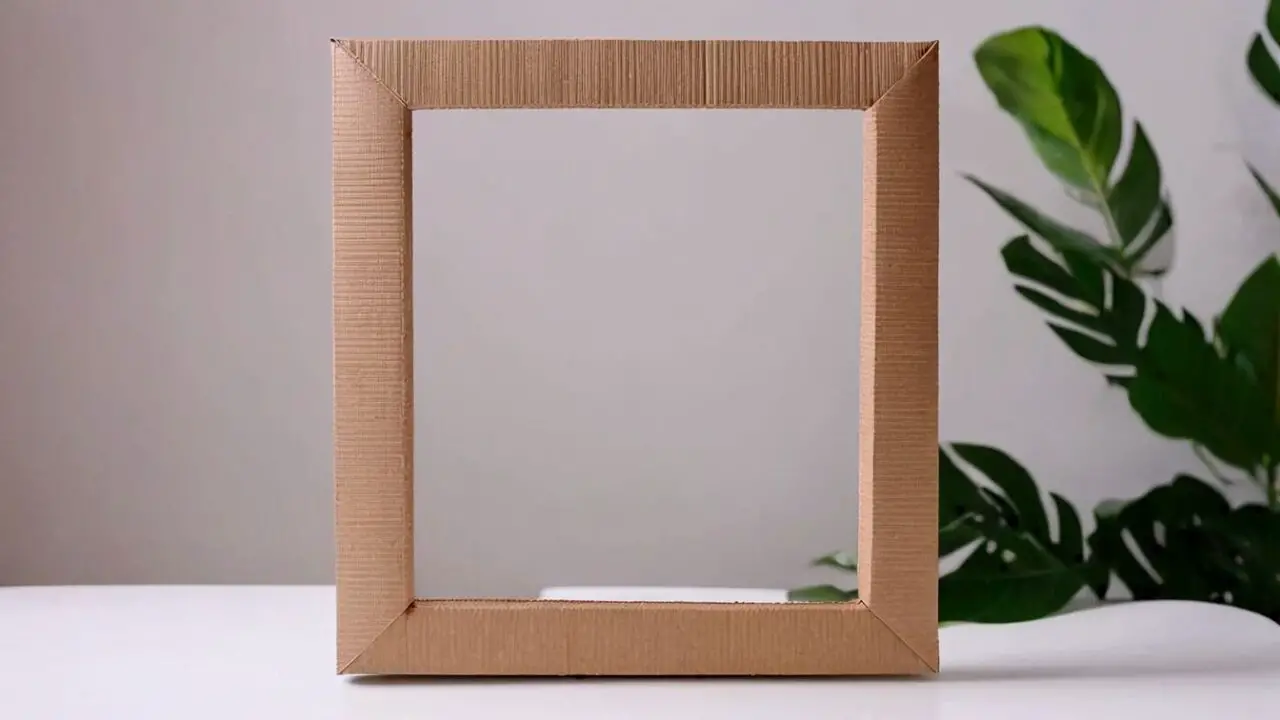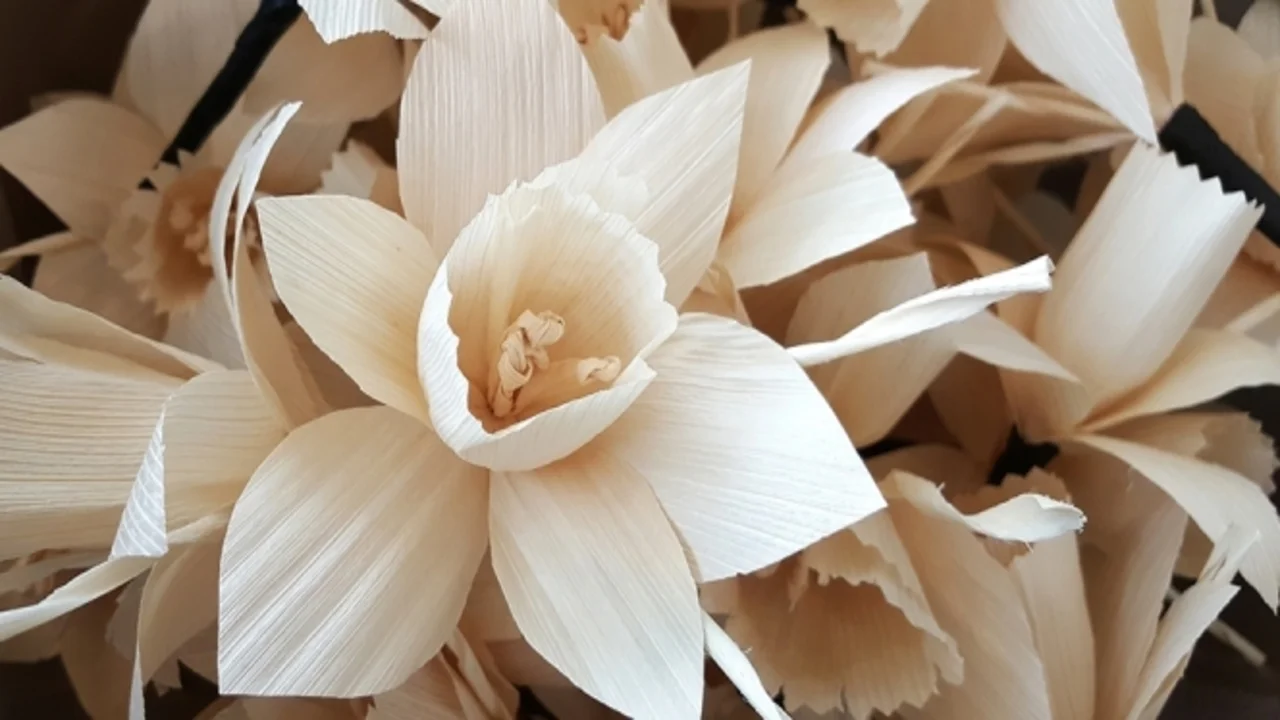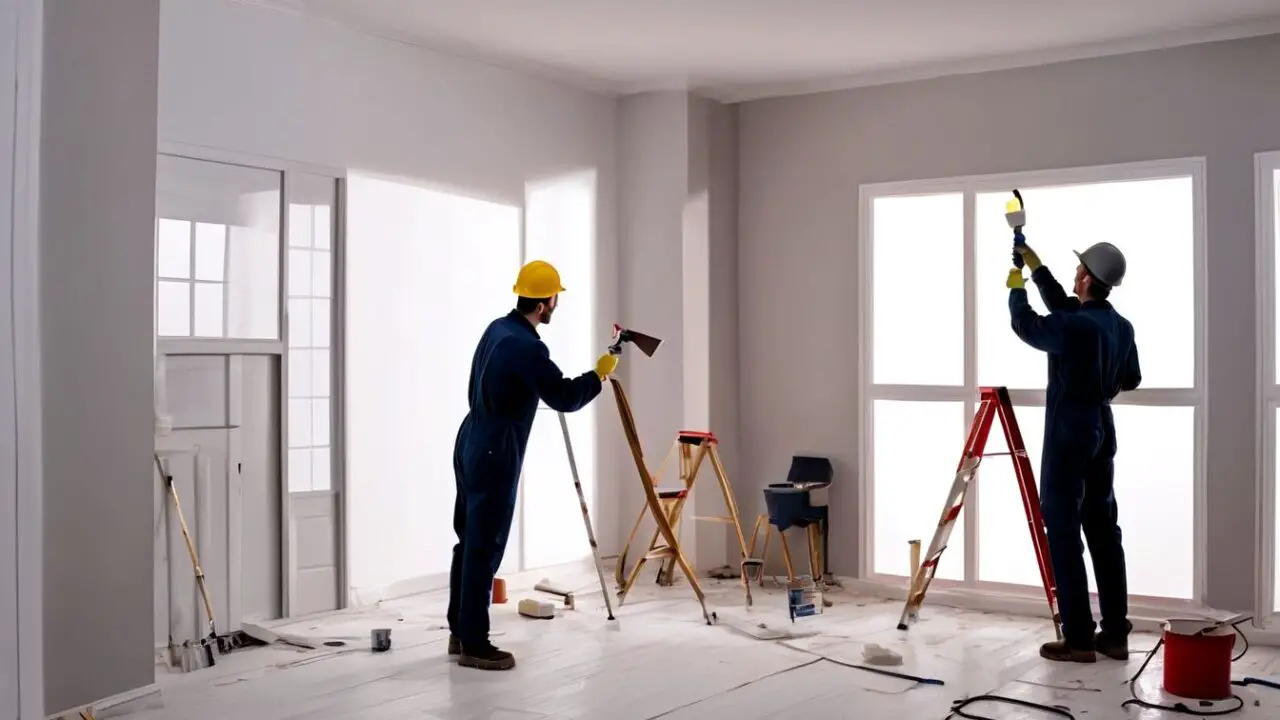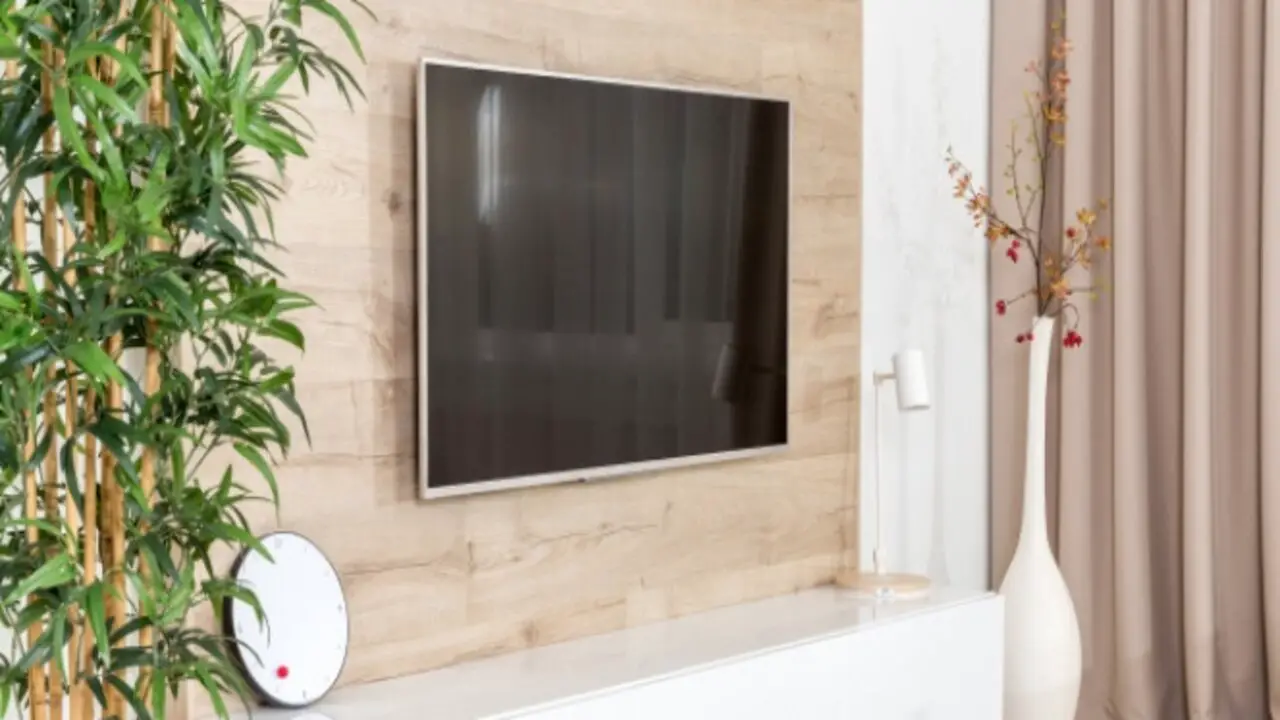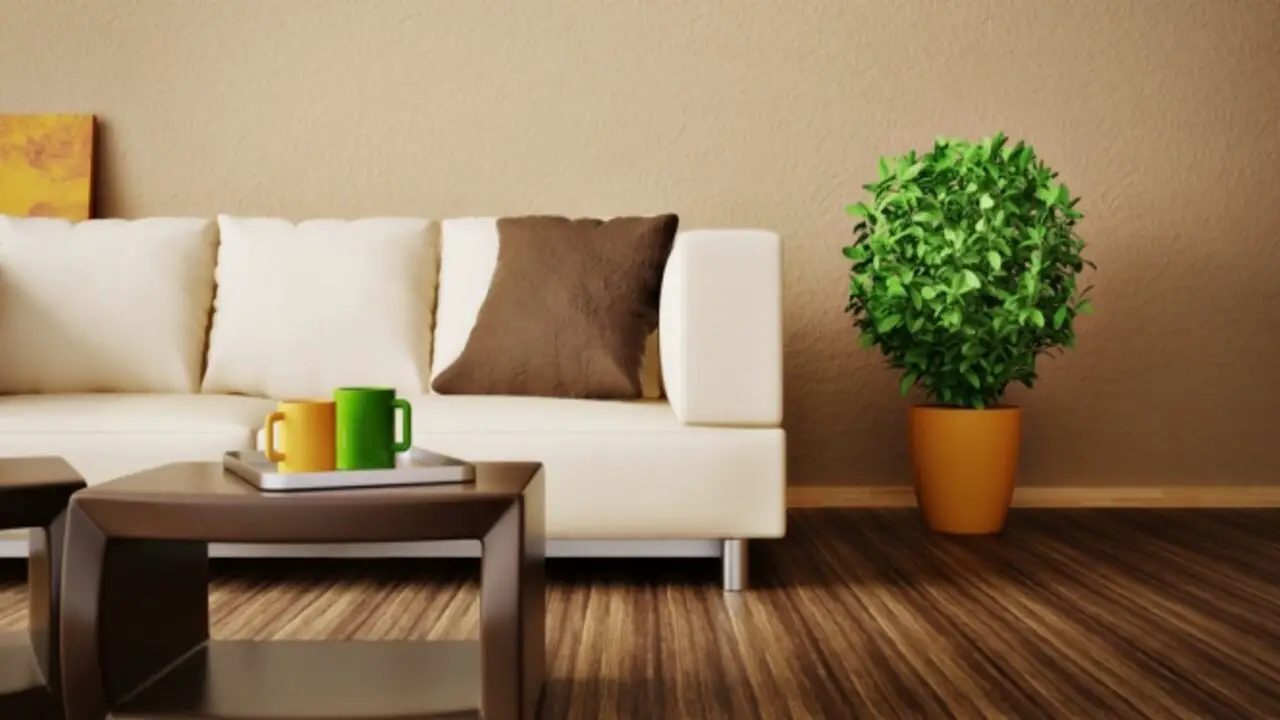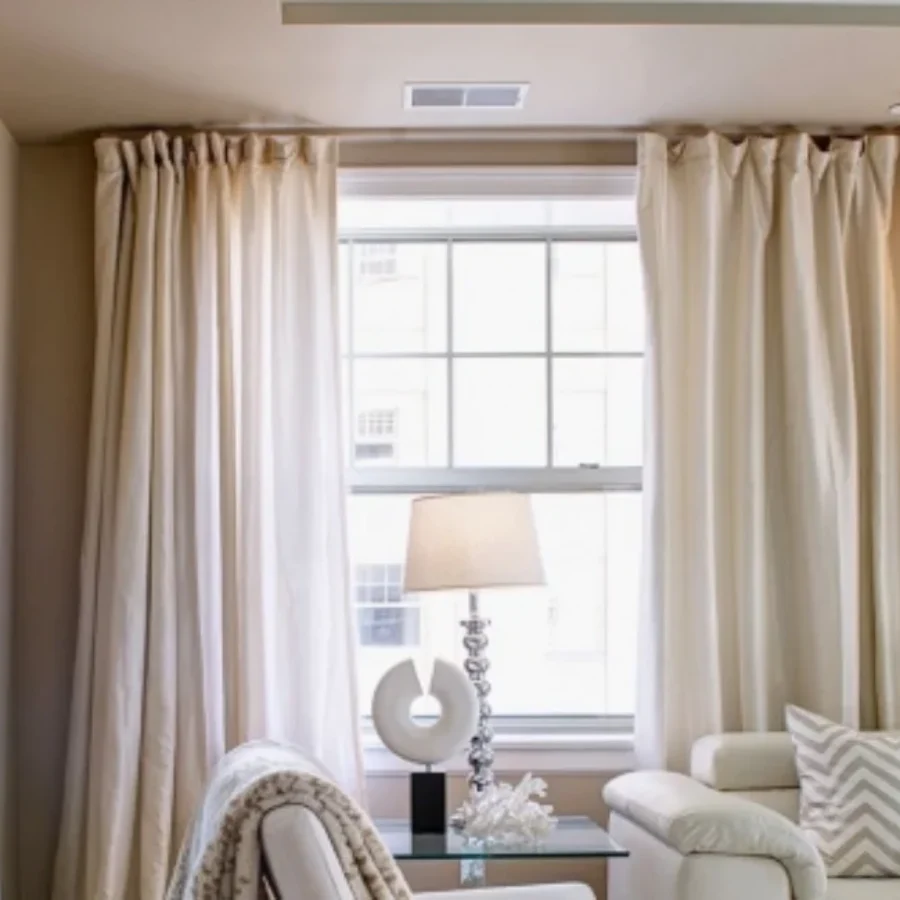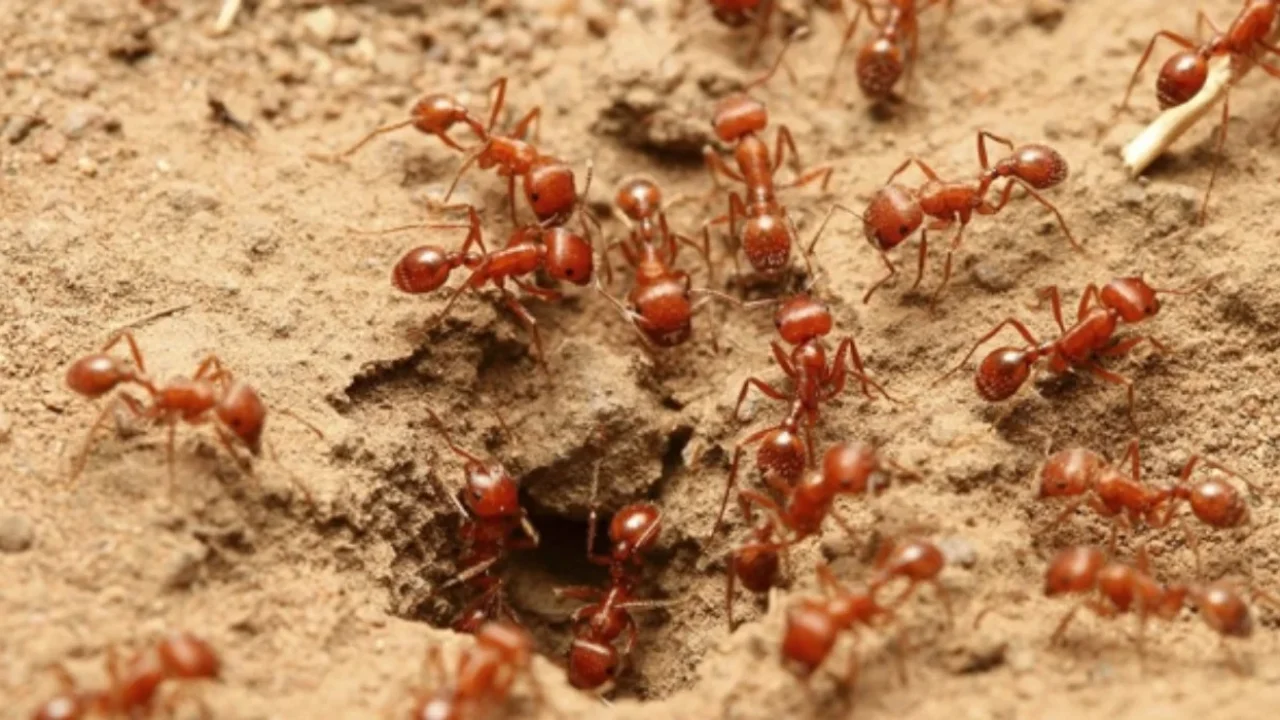Glass surfaces add an elegant touch to our homes and accessories, but scratches can easily mar their beauty. Whether it’s a glass window, a watch face, a glass table, or even your phone screen, scratches are an unfortunate reality. But fear not, as this comprehensive guide will walk you through the process of removing scratches from various glass surfaces.
Contents
Understanding Glass Scratch Depth
Before diving into the techniques, it’s essential to understand the depth of the scratches. Scratches on glass are typically categorized as shallow or deep, depending on whether they are superficial or have penetrated deeper into the glass. Shallow scratches often appear as surface-level marks that you can feel with your fingernail, while deep scratches are more significant and noticeable.
General Precautions
Before attempting any scratch removal methods, remember these general precautions:
- Clean the Surface: Start by cleaning the glass thoroughly. Use a mild glass cleaner and a microfiber cloth to remove dirt, dust, and grease. A clean surface will help you better assess the scratches.
- Test in an Inconspicuous Area: Always test any scratch removal method in a small, inconspicuous area first. This helps ensure that the method won’t cause further damage or discoloration.
- Gentle Pressure: Whether using a commercial product or a DIY solution, apply gentle pressure initially. Excessive force can worsen the scratches.
- Patience is Key: Removing scratches is a gradual process. Don’t expect instant results; it might take a few attempts to achieve satisfactory outcomes.
Removing Scratches from Glass
Shallow Scratches
1. Toothpaste Method:
- Apply a small amount of toothpaste (non-gel) onto a soft cloth.
- Gently rub the cloth in circular motions over the scratch for a few minutes.
- Wipe away the toothpaste residue and assess the scratch. Repeat if necessary.
2. Baking Soda Paste:
- Mix baking soda with water to create a thick paste.
- Apply the paste to the scratched area and gently rub using a soft cloth.
- Rinse the area and check the scratch’s visibility. Repeat if needed.
3. Cerium Oxide Polish:
- This is a commercial glass polishing compound available online.
- Apply a small amount to a felt pad or soft cloth.
- Rub the compound onto the scratch with moderate pressure in a circular motion.
- Wipe off the residue and assess the scratch. Repeat if required.
Deep Scratches
1. Diamond Lapping Film:
- This is a specialized abrasive film available in various grits.
- Attach the film to a flat surface and wet it slightly.
- Gently rub the scratched area against the film using light pressure.
- Gradually move to finer grits until the scratch becomes less noticeable.
2. Professional Glass Repair Kit:
- Consider purchasing a glass repair kit designed for deeper scratches.
- These kits usually include various abrasive pads and polishing compounds.
- Follow the kit’s instructions carefully for best results.
Specific Glass Surfaces
Watch Glass
- For watches with acrylic or plastic crystals, toothpaste or baking soda methods can be effective.
- For watches with sapphire or mineral crystals, consider professional polishing services to avoid damage.
Glass Windows and Doors
- Use a glass polishing kit or cerium oxide polish for moderate scratches.
- Deep scratches might require professional intervention.
Glass Tabletops
- Depending on the scratch depth, toothpaste, baking soda, or cerium oxide polish could work.
- For valuable or antique glass tables, consult professionals.
Glass Phone Screen
- Toothpaste or baking soda methods can be used for minor scratches.
- Deeper scratches might necessitate a commercial glass scratch repair kit.
Best Glass Scratch Removers
Several commercial products are specifically designed for glass scratch removal. Some popular options include:
- Cerium Oxide Polish: A versatile and effective solution for shallow scratches.
- Diamond Lapping Film: Ideal for deep scratches, but requires careful handling.
- Glass Repair Kits: These kits usually contain various grits of abrasive pads, polishing compounds, and instructions.
T-Cut and Glass Scratches
T-Cut, a product primarily used for polishing car paint, can sometimes be used to remove shallow scratches from glass. However, it’s not specifically designed for glass and might not yield consistent results. It’s safer to opt for dedicated glass scratch removal methods or products.
In Conclusion
Removing scratches from glass surfaces requires patience, care, and the right techniques. Shallow scratches can often be tackled with DIY methods like toothpaste or baking soda, while deep scratches might need more advanced solutions like abrasive films or professional kits. Always remember to test any method in an inconspicuous area first and proceed gently. In cases of valuable or delicate items, consulting a professional glass repair service is a wise choice. With the right approach, you can restore the pristine beauty of your glass belongings and enjoy their elegance once again.
See video HOW TO Easily Remove Scratches From Glass And Mirrors Using 4 Simple Methods
Check out other designs directly from your cellphone via WhatsApp Channel: https://whatsapp.com/channel/0029VaASACYFXUuYULZWe939.


